One appliance that plays a significant role in both comfort and energy consumption is the split system aircon. This system, with its ability to cool specific areas of our homes, has gained popularity for its efficiency and functionality. This article will explore tips and strategies to maximise the efficiency of your system, helping you optimise comfort while minimising energy consumption and costs.
It consists of two main components: an indoor unit and an outdoor unit. The indoor unit typically mounted on a wall or ceiling, contains the evaporator coil and a fan that circulates cool air throughout the room. Compared to other air conditioning options, these systems offer several benefits. They provide individual control over different areas of your home, allowing you to cool only the rooms that are occupied.
Tips for Maximising Efficiency
To maximise the efficiency of your split system aircon, certain practices should be implemented:
- Proper Temperature Settings: Setting the temperature at an optimal level can significantly impact energy consumption. Adjust the temperature to a comfortable yet efficient level, typically around 24-26 degrees Celsius. Every degree lower can increase energy usage by approximately 5-10%.
- Utilising Programmable Settings and Timers: Take advantage of the programmable features in your split system. Set timers to automatically turn on or off the aircon based on your daily routine. For example, you can program the aircon to start cooling the room before you arrive home, ensuring a comfortable temperature upon your arrival.
- Regular Maintenance and Cleaning: Maintain your split system by cleaning or replacing the air filters on a regular basis. Dirty filters can obstruct airflow, reducing cooling efficiency. Additionally, schedule professional maintenance and inspections to ensure optimal performance and detect any potential issues early on.
- Using Zoning Features Effectively: If your system aircon has zoning capabilities, utilise them to their fullest potential. This allows you to cool specific areas of your home instead of wasting energy on unoccupied rooms. Close doors and windows in rooms that don’t require cooling to enhance the aircon’s efficiency.
- Smart Usage Habits: Develop smart usage habits to minimise energy consumption. For example, make it a practice to close curtains or blinds during the day to block sunlight, reducing the load on the aircon. Also, encourage family members to dress comfortably, allowing you to set the temperature higher and save energy.
Additional Strategies for Efficiency
Apart from the tips mentioned above, implementing the following strategies can further enhance the efficiency of your split system aircon:
- Smart Home Technology: Consider integrating your split system with smart home technology. This allows you to control and monitor your aircon remotely, ensuring optimal usage even when you’re away. Smart thermostats can intelligently adjust the temperature based on occupancy patterns and external conditions, enhancing both comfort and efficiency.
- Choosing the Right Size and Capacity: Ensure that your system aircon is properly sized and has the appropriate cooling capacity for your space. An oversized air con will consume more energy and provide inadequate dehumidification, while an undersized one will struggle to cool the room efficiently. Consult a professional to determine the optimal size and capacity for your specific needs.
- Proper Insulation and Sealing: Insulate your home effectively to prevent thermal leaks, maximising the efficiency of your aircon. Ensure that windows and doors are properly sealed to minimise air infiltration. Insulation acts as a barrier, preventing heat transfer between the indoor and outdoor environment, thus reducing the load on your system aircon.
- Utilising Natural Ventilation and Shading: Take advantage of natural ventilation and shading techniques to reduce reliance on your aircon. Open windows strategically to allow cross ventilation and let in cool evening breezes. Utilise curtains, blinds, or external shading devices to block direct sunlight during peak hours, further reducing the need for excessive aircon usage.
- Considering External Factors: Be mindful of external factors that can affect your aircon’s efficiency. For instance, ensure that the outdoor unit is not obstructed by plants, debris, or other objects that may impede airflow. Orienting the outdoor unit away from direct sunlight can also help maintain optimal performance.
Environmental and Cost Benefits
- Reduced Carbon Footprint: Conserving energy by using your split system aircon efficiently helps reduce greenhouse gas emissions. By minimising energy consumption, you contribute to mitigating climate change and protecting the environment.
- Optimised Resource Usage: Efficient air conditioning practices allow for optimal utilisation of resources. By cooling only the areas that are occupied and not wasting energy on unoccupied spaces, you reduce the overall demand for electricity, leading to a more sustainable use of resources and a lower environmental impact.
- Preserving Natural Resources: Generating electricity to power air conditioning systems often involves the burning of fossil fuels, which contributes to air pollution, habitat destruction, and resource depletion. By using your split system air con efficiently and minimising energy consumption, you help preserve precious natural resources and protect ecosystems.
Conclusion
In conclusion, optimising the efficiency of your split system aircon is essential for both environmental sustainability and cost savings. By implementing the tips and strategies outlined in this article, such as proper temperature settings, regular maintenance, and smart usage habits, you can enjoy optimal cooling comfort while minimising energy consumption and expenses. Remember, small changes in your aircon usage habits can make a significant difference in energy conservation and your overall quality of life. Embrace the power of efficiency and make the most of your split system aircon.

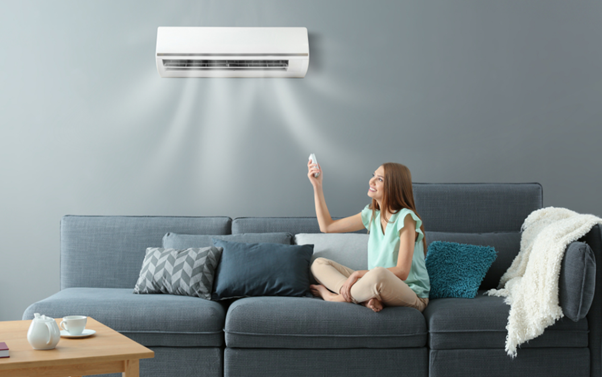
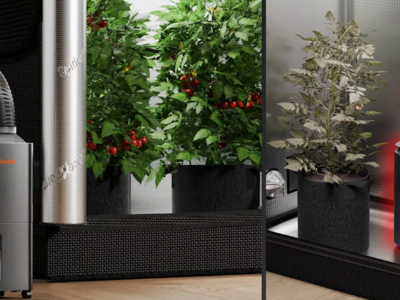
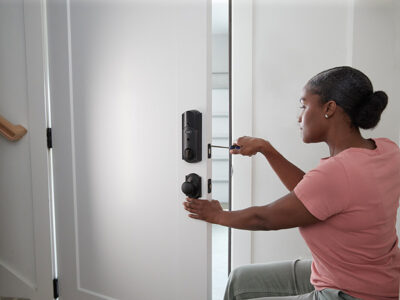

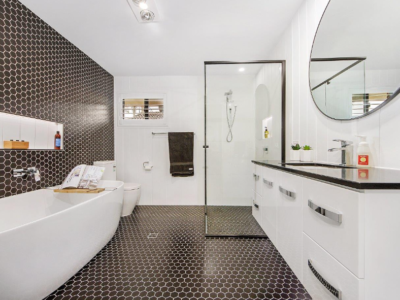
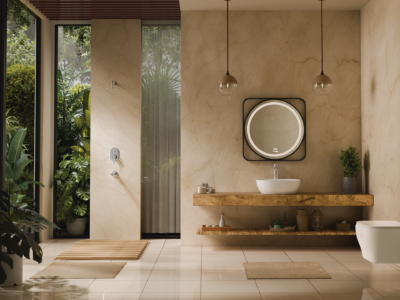
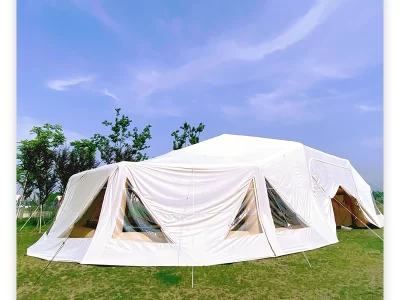





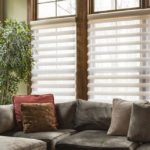


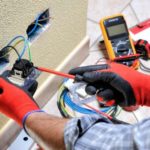


Comments